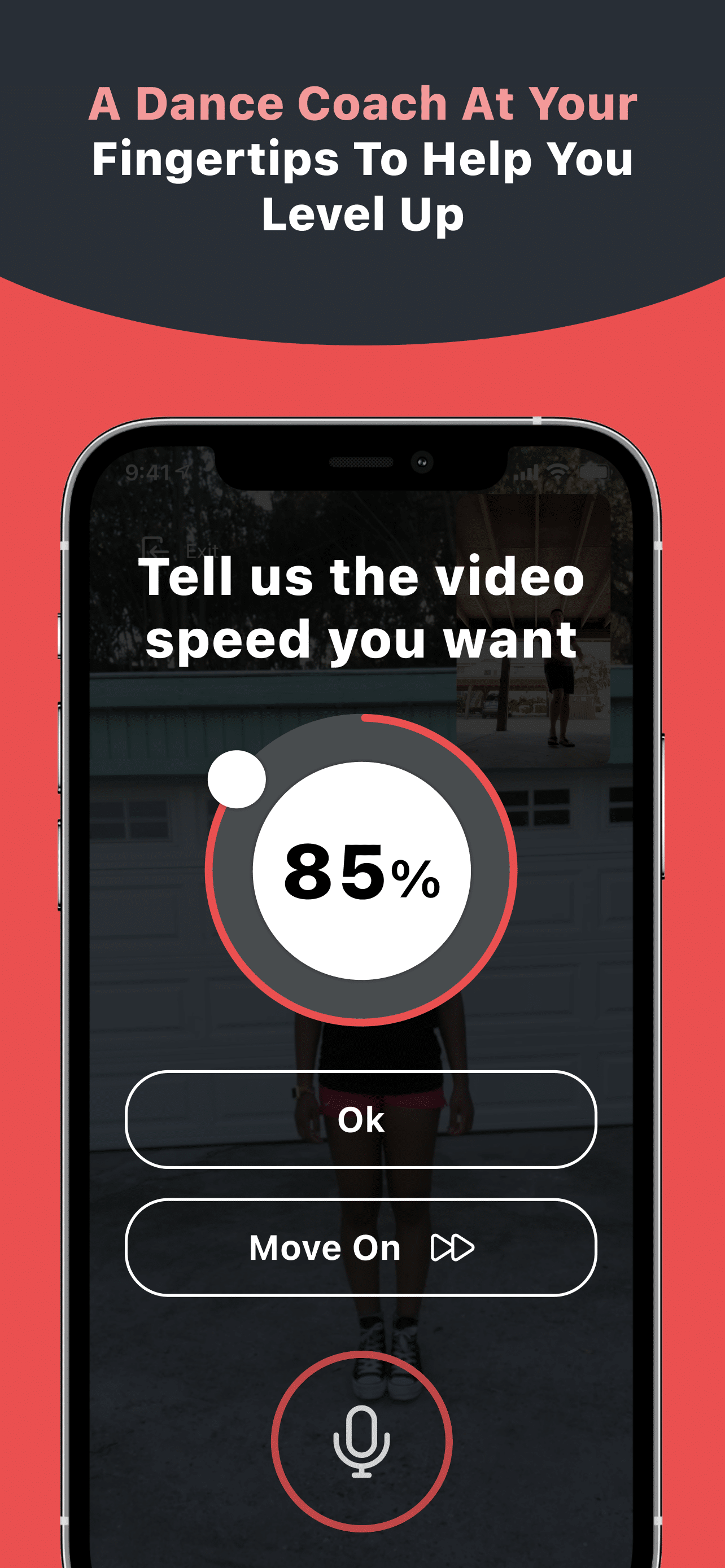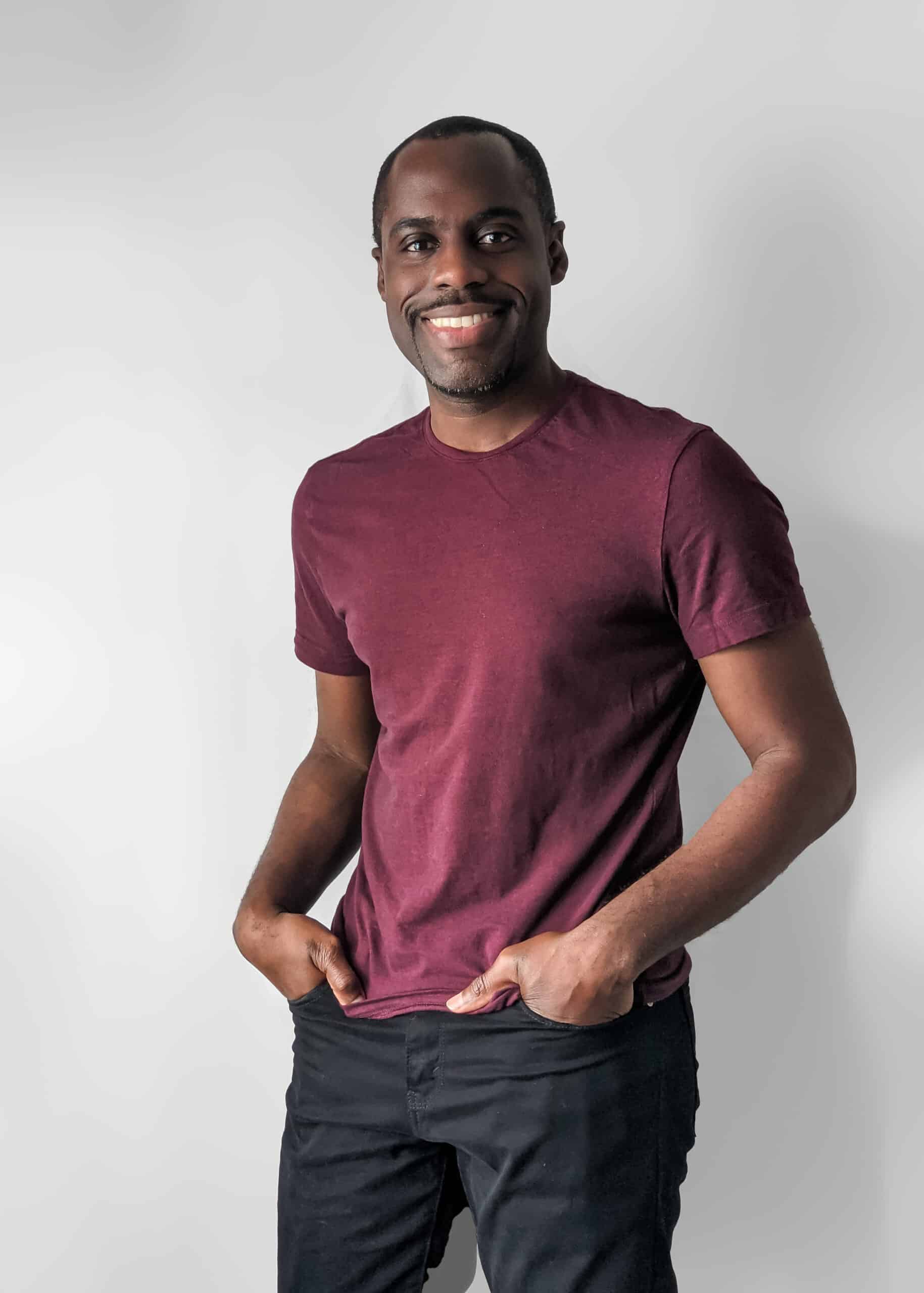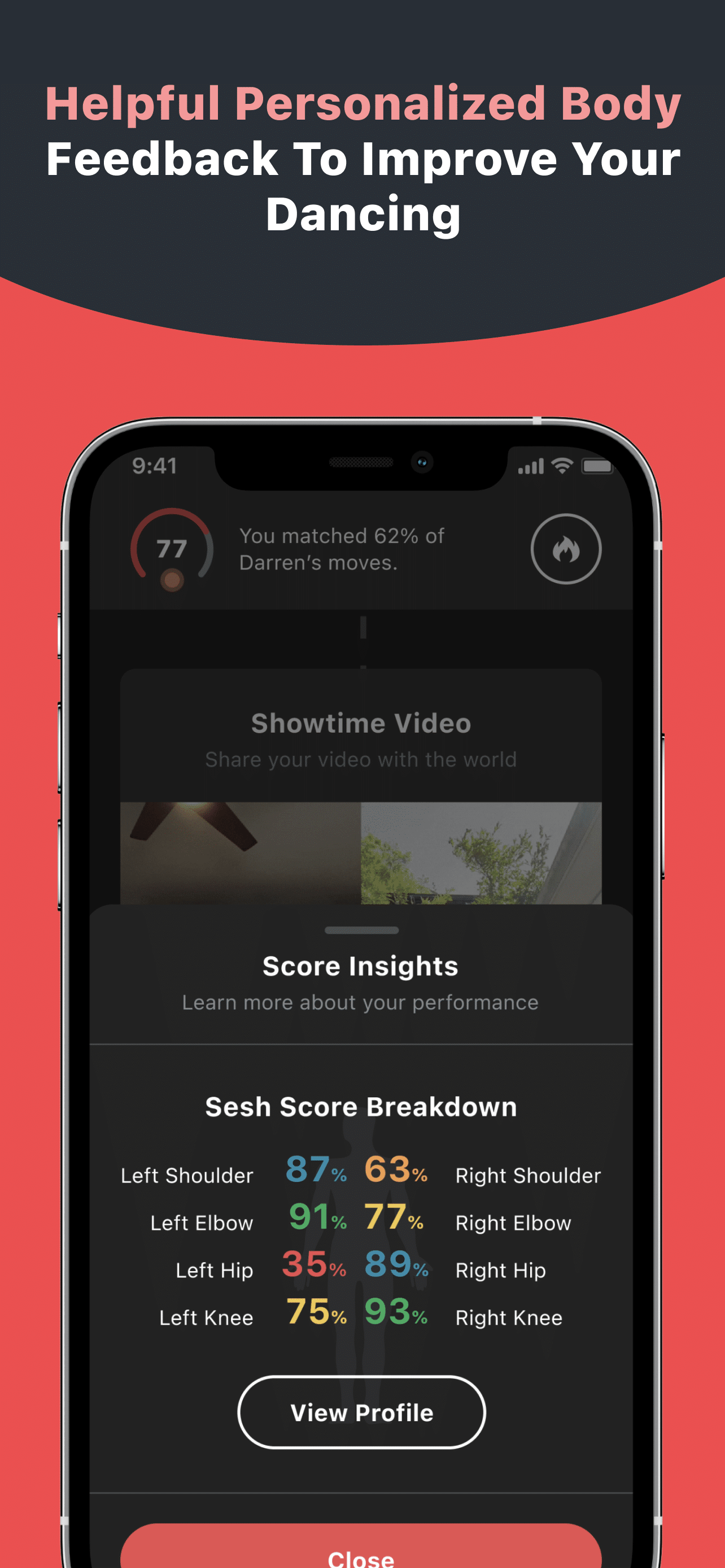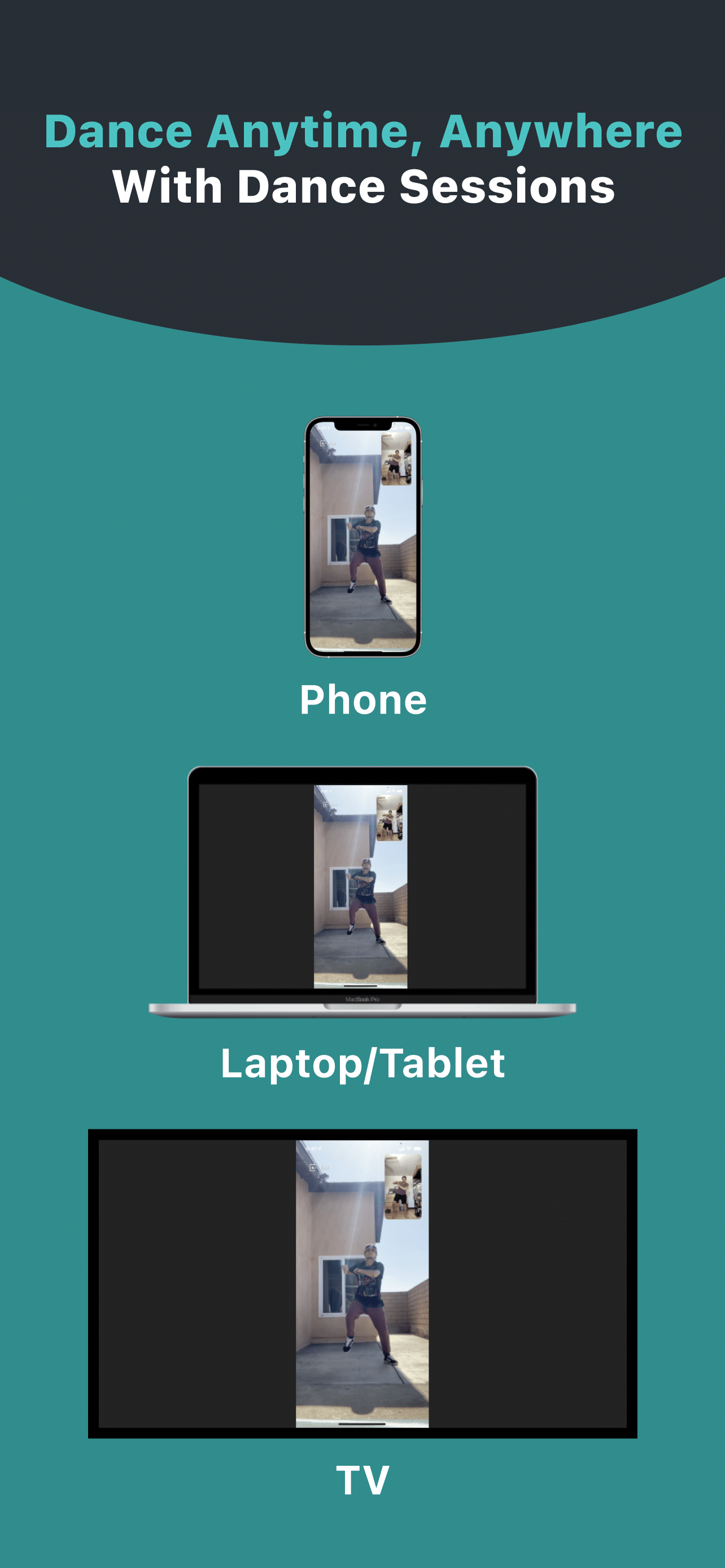 *Since Juneteenth, June 19, 2021, now a federal holiday in the United States commemorating the emancipation of African-American slaves, Black TikTok creators decided to strike from creating content for the platform due to the “constant cultural and intellectual theft” stated by the L.A. Times. When Megan Thee Stallion dropped her latest single, “Thot S—” the app was devoid of any complex choreography leaving many non-black creators to produce mediocre dance moves. Due to their rhythmic ingenuity, dance creators such as Keara Wilson’s “Savage” challenge, Layla Muhammad’s “Twerkulator,” or the “Renegade” by Jalaiah Harmon have all created viral sensations that spread like wildfire over the internet. Yet, their contributions are not credited nor monetarily rewarded.
*Since Juneteenth, June 19, 2021, now a federal holiday in the United States commemorating the emancipation of African-American slaves, Black TikTok creators decided to strike from creating content for the platform due to the “constant cultural and intellectual theft” stated by the L.A. Times. When Megan Thee Stallion dropped her latest single, “Thot S—” the app was devoid of any complex choreography leaving many non-black creators to produce mediocre dance moves. Due to their rhythmic ingenuity, dance creators such as Keara Wilson’s “Savage” challenge, Layla Muhammad’s “Twerkulator,” or the “Renegade” by Jalaiah Harmon have all created viral sensations that spread like wildfire over the internet. Yet, their contributions are not credited nor monetarily rewarded.
But, when their white counterparts, like Addison Rae and Charli D’Amelio, steal their ideas and poorly replicate their dances, they are rewarded with exposure, career opportunities, guest appearances on late-night television shows like Jimmy Fallon, and performances at prestigious events like the NBA All-Star Half-Time show. These culture bandits also received lucrative endorsements and reality show deals, thus erasing Black creators’ original contribution to their intellectual property.
To add injury to insult, Black creators were often penalized when they amplified Black activism like Black Lives Matter protests surrounding George Floyd’s murder last summer. When they used the hashtag #blm in their bios or pictures of Black power fists, many Black TikTok videos were removed from the platform.
In the end, whenever racial disparity issues arise in corporate America, the black community’s general response is “we need our own.” So it is apropos that on the heels of the Black TikTok creators going on strike, a new dance platform called Groovetime is set to become an alternative to TikTok. Launched in Mid-May of 2021, Groovetime is an app that helps people learn to dance and a marketplace where dancers can create, own their work, and monetize their dance moves.
Founder of Groovetime, Kwasi Ohene-Adu, who created the app, wants to create a movement that will allow creatives a shot at making a decent living. Born in the United Kingdom but grew in Ghana, Kwasi moved to the United States to attend college on the East coast to study computer science and minored in engineering, with a concentration in A.I. and Computer Vision. After college, he headed out west to Silicon Valley, where he’s been since 2005.
MORE NEWS ON EURWEB: This Unvaccinated Mom Met Her Newborn Months after Giving Birth Due to COVID Battle (Watch)

“I worked in big and small companies as a software engineer. I worked at Oracle then Google for over a year, and then I started Groovetime,” he says. Despite his extensive technical background, Kwasi considered himself a lifelong dancer and sought to combine both experiences within his new start-up.
He also worked as a venture capitalist with a consumer tech investing firm and learned about investing during that time combined with his experience as an operator, building products, and tech companies to create Groovetime.
The idea for Groovetime developed because of his passion for dance. He recalls a time in college, he participated in two different dance groups but was hungry to learn distinctive styles, but there was no available outlet.
“The closest city was Boston, and I couldn’t drive, so I relied on live videos on the internet; this was before YouTube. I would spend hours surfing the internet, and I selected a bunch of videos and stored them on a drive of some of my favorite dancers. I would try to learn the movement, and that is when it hit me. I didn’t feel that I was able to learn effectively, and I felt out of touch with the instructor; this was back in 2002,” he says. Kwasi had the idea to build a tool that could use a camera to help people dance. At first, he thought his friends in ballet could use it because ballet is very structured and rigorous. He contemplated how to design an instrument that scans the human body, provides cues, and gives visual feedback on improving form and technique. He had the idea for two decades, waiting for the right time and for the technology to be possible, which it is today.
“At the same time, you need a cultural renaissance around dance. Back in the day, dance was more underground, but now everyone is dancing and sharing that experience. But there’s no real platform that does this from the ground up and is sustainable for different parties. I think it would be helpful for casual, beginner dancers to have access to quality dance education to become good at it, making it a part of their lives. That’s what we want to do at Groovetime, and at the same time, we are creating an opportunity for a new line of work,” Kwasi explains.
Kwasi’s passion for dance stems from his desire to become a professional dancer but instead took the safer route and became a software engineer. But he still wants to contribute to the world of dance, and he wants more people to dance and see their art flourish, which is one of the reasons he set out to build this platform. The company was incorporated on January 3, 2020, and he started working on the idea in late 2019 and made the prototype. Naturally, the question will arise, why would users leave such established and free platforms like YouTube or TikTok if they wanted to learn a new dance?
Kwasi affirms, “It’s unfortunate that YouTube has created that sensibility around it, and we are saying no, there’s a better way to learn dance. That involves harnessing technology in a very deep way. We are video overlaid with an interactive experience that we put on top of the genius creations of the dancers to create something valuable.”
Groovetime is designed as a marketplace where creators and users can consume dance. Creators are onboarded through word of mouth, and the network of dancers on the app introduces it to other dancers.

Creators are interviewed about their goals, their passion for teaching, and their respect for dance. Next, there’s a process by which Groovetime has well-formatted tutorials, and the dancers are walked through the format.
“We are building a community of other creators that can interact with one another, other people on the team, and I function as their creative assistants. The creators come in and have some ideas on what they want to teach, like voguing. We help them break down how to teach voguing in a short bite-size format. Groovetime is not about 90-minute videos, it’s two to three minutes videos, and it’s perfectly designed that way to make it less intimidating we call them seshes which is like a watered-down tutorial,” Kwasi explains.
The team will help them translate their art form to that format, and the dancers are asked how they would break it down, what the fundamentals are, what would they teach first? Groovetime has tools dancers can use to create seshes. They get to specify within the tools how strictly they want Groovetime to assess the learner. When a new dancer is learning, the camera picks up their movement and gives them visual feedback in real-time on how they can improve to match their instructor. There is no studio, no video shoots, all the tools are provided within the app to create those interactive experiences.
One of the many grievances Black creators express on TikTok is not only are they not credited for their stolen work but are also not compensated. Groovetime seeks to change that because it is a marketplace; dancers create tutorials and set the price for those classes. They can charge a higher or lower rate depending on their reputation and determine which sesh is monetized. A sesh can range from ten cents to a dollar, and most dance students would pay significantly more to learn dance from an instructor at a studio.
The learner controls how many sessions they want to take and if a significant amount of people participate will eventually generate enormous value for the creator. “We created a fund, and we will be paying the creators directly from the fund. The learners will now see seshes as free, but underneath we pay the creator when a user takes their tutorial. When we run out of the fund, we will transition to a full marketplace where the creators will set the price and people will pay them, and we then take a cut,” Kwasi says. As of now, creators receive one-hundred percent of the profit; however, Groovetime will take a share when the app progresses into the full monetization model.

Dancers will not have to worry about being compensated, and they also will not be burdened with building a follower base. All that matters is users create fantastic content. For instance, if a user choreographs a dance and other people see it and produce content derived from the user’s original work, the dancer automatically gets recognition and can earn income through other potential engagements. Groovetime built technology that assesses a user’s movement and invented a method for automatic attribution, earnings directly correlated to the content made.

“Today, there is an indirect correlation to the likes you get, the followers you have, and the money you make. We correlate the number of views and the number of seshes with money. That is a meritocracy. So if a dancer creates something amazing and people want to learn it, the dancer makes money. If someone builds on top of what a dancer has done, the dancer can potentially get a cut out of that revenue, the same way when artists make money when people do covers of their songs. This is not a revolutionary idea, but the way we’re doing it is,” says Kwasi.
Groovetime also pays for music licensing so dancers can use music for their tutorials; this will eliminate a common hindrance that many dancers encounter who are prohibited from uploading their content to YouTube because they don’t own the rights to the music. Kwasi believes it is critical to developing relationships with record labels, so their artists will know of the app and potentially partner with dance creators to help boost record sales. His intention is not to defraud the music industry. Initially, when the company was not fully capitalized, Kwasi and his team bought indie music catalogs for a dancer to use on the platform. He understands that indie artists are always looking for channels to distribute their music.
“If you are an indie artist just starting, it’s hard to get noticed on Spotify, and it’s hard to make money. We realized we could be an amazing destination for music, where producers can come in and interact with dancers and create bespoke tracks that cater well to the dance audience. I always make the case that if you listen to a top 40 song and dance to it, there’s a big difference. If you can get someone to dance to a top 40 song, you are creating a deeper affinity between that person and the song beyond just listening to it,” he explains.
Artists today rely on TikTok dance challenges as another marketing avenue for the record industry to utilize. Groovetime wants to position itself as a destination that will invite musicians and artists to partner with creators and music labels to work with the app to create new content.
“This is happening in the Zumba community, Latin music; Reggaeton gets dropped in the Zumba community that has a dedicated fan base. They test it out before they launch it to the mainstream.
We want to see that across the board with dance. We have a couple of partnerships that we are looking to test out with dancers,” says Kwasi.
Kwasi also assesses that his competitor TikTok operates with a biased algorithm that favors one type of look. The popular social media platform is deficient in protecting the intellectual property of their creators, especially their black creators. There are severe consequences in any other field of work if plagiarism occurs, but that does not exist in dance. Groovetime offers a timestamp of when a dance is created on the platform so users can see the originator of a particular dance. “The whole idea is owning your moves. Imagine if TikTok star Jalaiah Harmon could come to the app and teach the “Renegade.” It installs the timestamp that Jelaiah was here or any dancer; there is a history of creation. We care about learning a new dance and when it was created, who created it, what were the specific moves that they used within their routine, and who needs to get attributed,” says Kwasi. Ultimately, he wants dance to create a movement in which dance routines can be purchased and owned. He goes on to say, “How much would you pay for it? We are trying to do that where you can have royalties, or you can buy fractional ownership in a dance from a creator.”
People currently using the app have to overcome the shock value of the technology’s ability to read their movements. Kwasi observes that many learners could not vocalize they may not know what they are doing when picking up a new dance movement. However, the feedback gives beginners the confidence to continue to practice and improve. He recalls that people on the app have stated that they feel they can learn without feeling judged, “It’s coming from the software; it’s not someone pointing fingers and laughing at you. People feel safe using it. They see the value, and it helps them improve their technique.”

Creators on the app enjoy the convenience they experience shooting a sesh which can be done in their room or kitchen and then uploaded to the app to make money potentially. Kwasi intends to target beginners and casual dancers to grow the fan base of the app, “We think that is where the big market is because a lot of those people are not served. They don’t have a platform where they can have fun and grow in their skill set. We’ve done minimal marketing; we want to drive folks within the platform towards the creators. The call to action to creators is to bring your fans if you have a thousand followers on Instagram, bring them to Groovetime.”
For more information click here.
We Publish News 24/7. Don’t Miss A Story. Click HERE to SUBSCRIBE to Our Newsletter Now!





